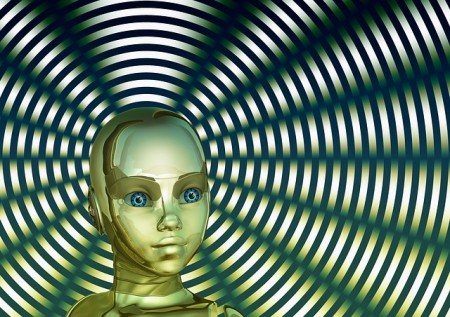Robo Brain – a large-scale computational system that learns from publicly available Internet resources – is currently downloading and processing about 1 billion images, 120,000 YouTube videos, and 100 million how-to documents and appliance manuals. The information is being translated and stored in a robot-friendly format that robots will be able to draw on when they need it.
To serve as helpers in our homes, offices and factories, robots will need to understand how the world works and how the humans around them behave. Robotics researchers have been teaching them these things one at a time: How to find your keys, pour a drink, put away dishes, and when not to interrupt two people having a conversation. This will all come in one package with Robo Brain.
“Our laptops and cell phones have access to all the information we want. If a robot encounters a situation it hasn’t seen before it can query Robo Brain in the cloud,” said Ashutosh Saxena, assistant professor of computer science at Cornell University. Saxena and colleagues at Cornell, Stanford and Brown universities and the University of California, Berkeley, say Robo Brain will process images to pick out the objects in them, and by connecting images and video with text, it will learn to recognize objects and how they are used, along with human language and behavior.
If a robot sees a coffee mug, it can learn from Robo Brain not only that it’s a coffee mug, but also that liquids can be poured into or out of it, that it can be grasped by the handle, and that it must be carried upright when it is full, as opposed to when it is being carried from the dishwasher to the cupboard.
(Read the rest of the story here…)
